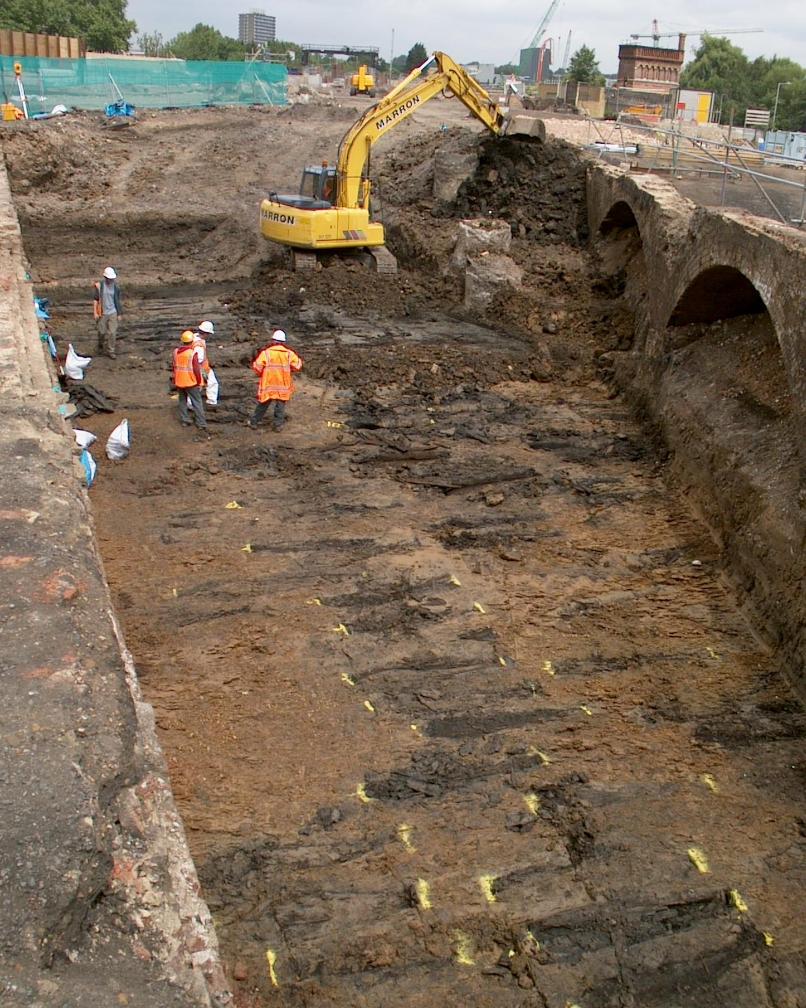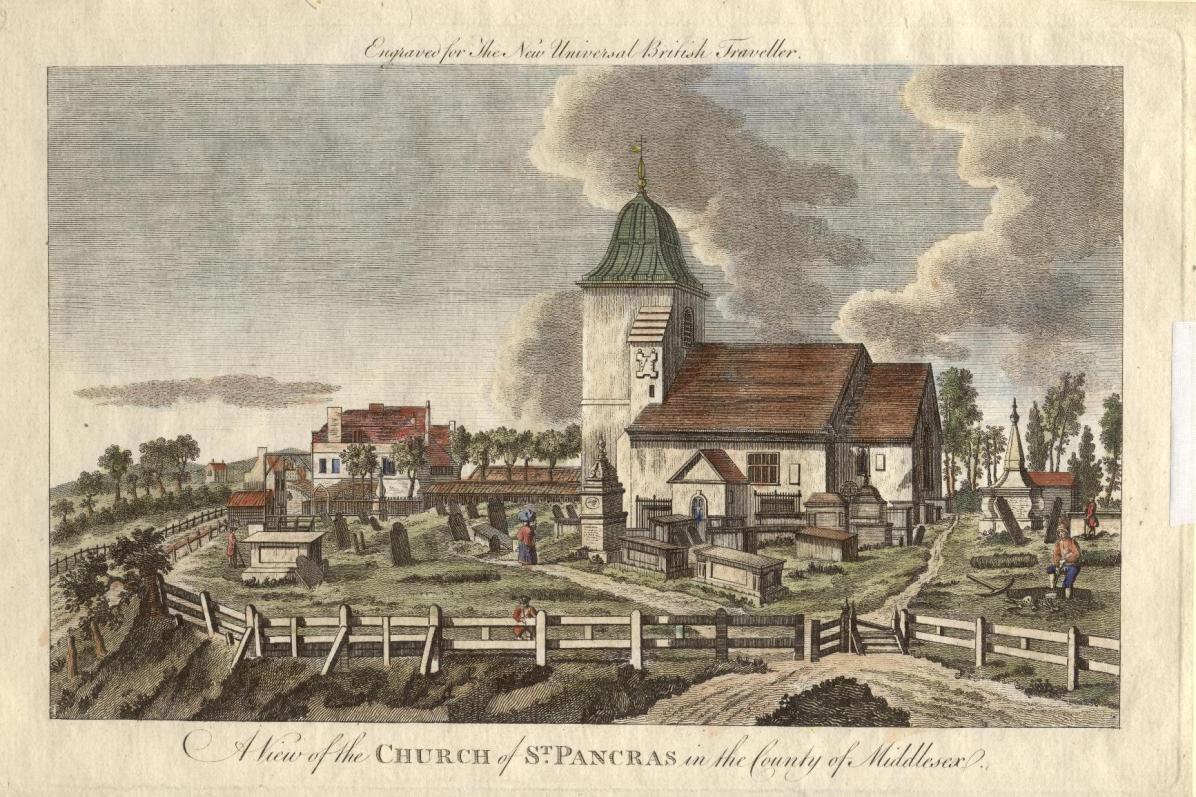Walrus Bones Found In Old London Burial Ground

During a recent excavation beneath the streets of London, archaeologists found a total of 1,500 human bodies, many buried hastily in a wave of epidemics that struck the quickly expanding city more than 150 years ago.
In one coffin, archaeologists came across a grisly mix of bones from at least eight human bodies, many of them cut up and showing evidence of autopsy. But nine of the bone fragments were decidedly not human. They were walrus.
"It came as something of a shock," said Phil Emery, an archaeologist with a company called Ramboll UK, who led the excavation. The nine bone fragments came from a Pacific walrus that was likely 13 feet (4 meter) long, Emery told LiveScience.
Behold the walrus
The bodies came from the old burial ground of St Pancras Church, and were interred there between 1822 and 1854, Emery said. During this time, London cemeteries were overwhelmed by the dead from a series of cholera, typhus and smallpox epidemics; the church and its burial ground, once outside greater London, have recently been engulfed by the burgeoning metropolis, he added. [8 Grisly Archaeological Discoveries]

Before 1822, the cemetery was characterized by small plots, as seen in most ordinary burial grounds, Emery said. But thereafter, ceremony fell to the wayside as the cemetery was overwhelmed — plots were replaced with mass graves, he said.
From 1822 to 1854, a total of 44,000 burials took place there, Emery said. "Under such conditions, one can understand that standards of decency and hygiene were difficult to maintain, to put it lightly," he explained.
Sign up for the Live Science daily newsletter now
Get the world’s most fascinating discoveries delivered straight to your inbox.
Blame the med students
But how did a tusked beast the weight of a small car make its way from the North Pacific to a cemetery in foggy London? Emery and his team can only guess how the walrus was brought there from its native lands, but they suspect the animal was dissected by curious medical students.
That hunch comes from the fact that several of the bones within the coffin showed signs of dissection, such as skull fragments with holes drilled in them, he said. In 1832, within the range of dates when the bones would have been laid to rest there, a law was passed that allowed medical students to legally dissect cadavers, Emery said. Before that, cadavers were obtained from the gallows, or illegally snatched via grave robbery, he added.
The walrus limbs were likely dissected as a matter of curiosity, Emery said, perhaps as an exercise in comparative anatomy.

'Sea monster'
At the time, "very few Londoners would have seen one of these alive," Emery said. "It was the archetypal sea monster, often depicted on early sea maps as a sort of exotic beast. The animal would have captured peoples' imaginations." [In Photos: Ancient Monsters of the Sea]
The bones were first unearthed in 2003 by Emery and his team, during construction of the St Pancras International railway station. It was funded by High Speed 1 (also known as the Channel Tunnel Rail Link), Emery said. But the findings haven't been released to the popular press until now.
This isn't the only case of strange beasts being found in London graves. A more recent excavation at the Royal London Hospital turned up numerous cases of buried human remains from dissection found along with animal parts, including the remains of a tortoise, rabbit, cat, dog, horse and two monkeys, Emery said.
Email Douglas Main or follow him on Twitter or Google+. Follow us @livescience, Facebookor Google+. Article originally on LiveScience.com.











